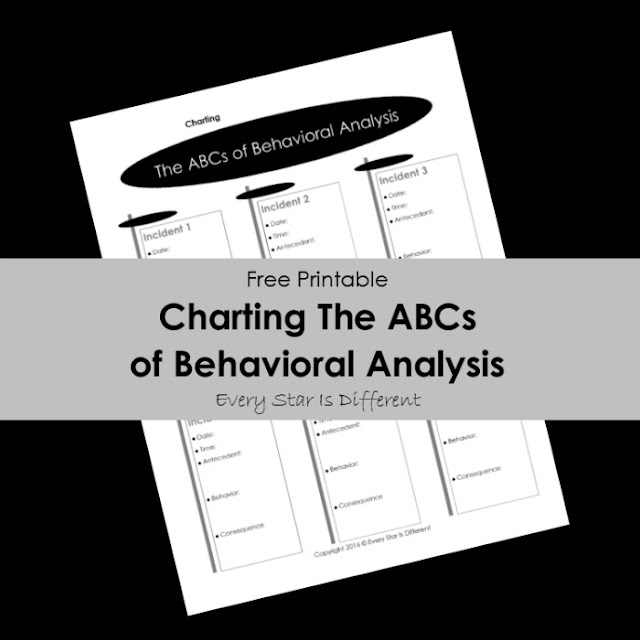I vividly remember the first time I started documenting Sunshine's behaviors for her developmental pediatrician to read.
Each episode was written in detail in a notebook. The doctor dropped the book down on her lap, looking at me.
"I had no idea behaviors were this bad."
This documentation led to a huge influx of support from professionals and specialists. But the approach I was using to document wasn't one I could sustain. It was then that the doctor began to teach me how to document necessary details in short form.
Over the years as we've gone through multiple situations with schools, psychiatric wards, residential facilities, law enforcement etc. we've perfected the documentation process.
Today I'm excited to teach you how to document your child's behaviors for professionals and specialists in a way that helps you and your child receive the care and support you need.
Warning: This post contains information about behaviors at home and in residential care, related to Reactive Attachment Disorder, Bipolar, Depressions, Mania, Psychosis and Autism Spectrum Disorder and may be triggering to some.
How to Document Your Child's Behaviors for Professionals and Specialists
Why document your child's behaviors for professionals and specialists?
When do you document your child's behaviors for professionals and specialists?
What types of documentation about your child's behaviors help professionals and specialists?
What do you use to document your child's behaviors for professionals and specialists?
How do you document your child's behaviors for professionals and specialists?
Time of Behavior
Name of Behavior
Important Information that Contributes to Behaviors
Patterns in Behavior
- The psychiatrist increasing mood disorder meds at specific times of day
- Extra supports being put in at meal time
- More training for the one-to-one that was with Sunshine when her preferred person isn't there.

















No comments:
Post a Comment